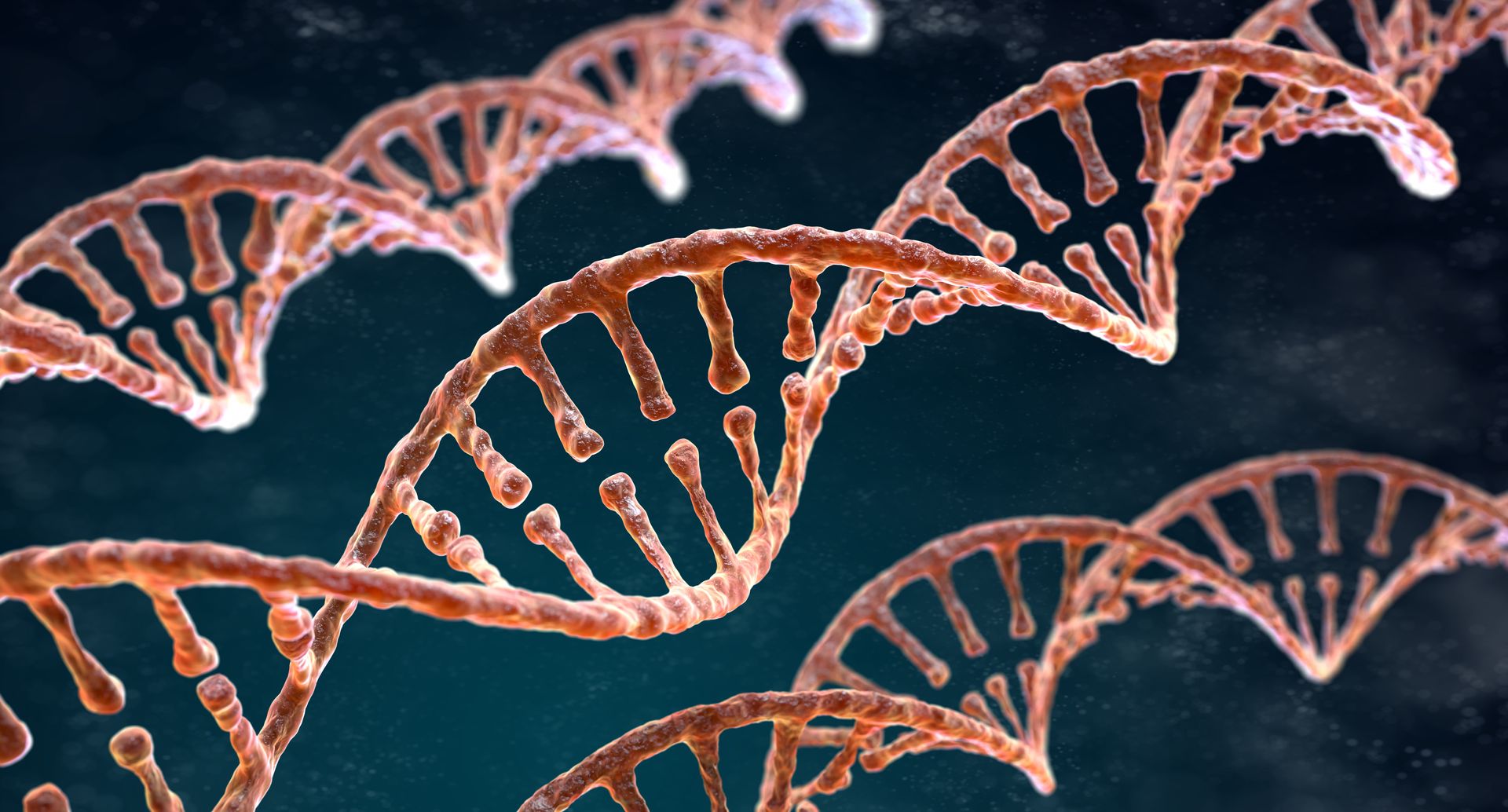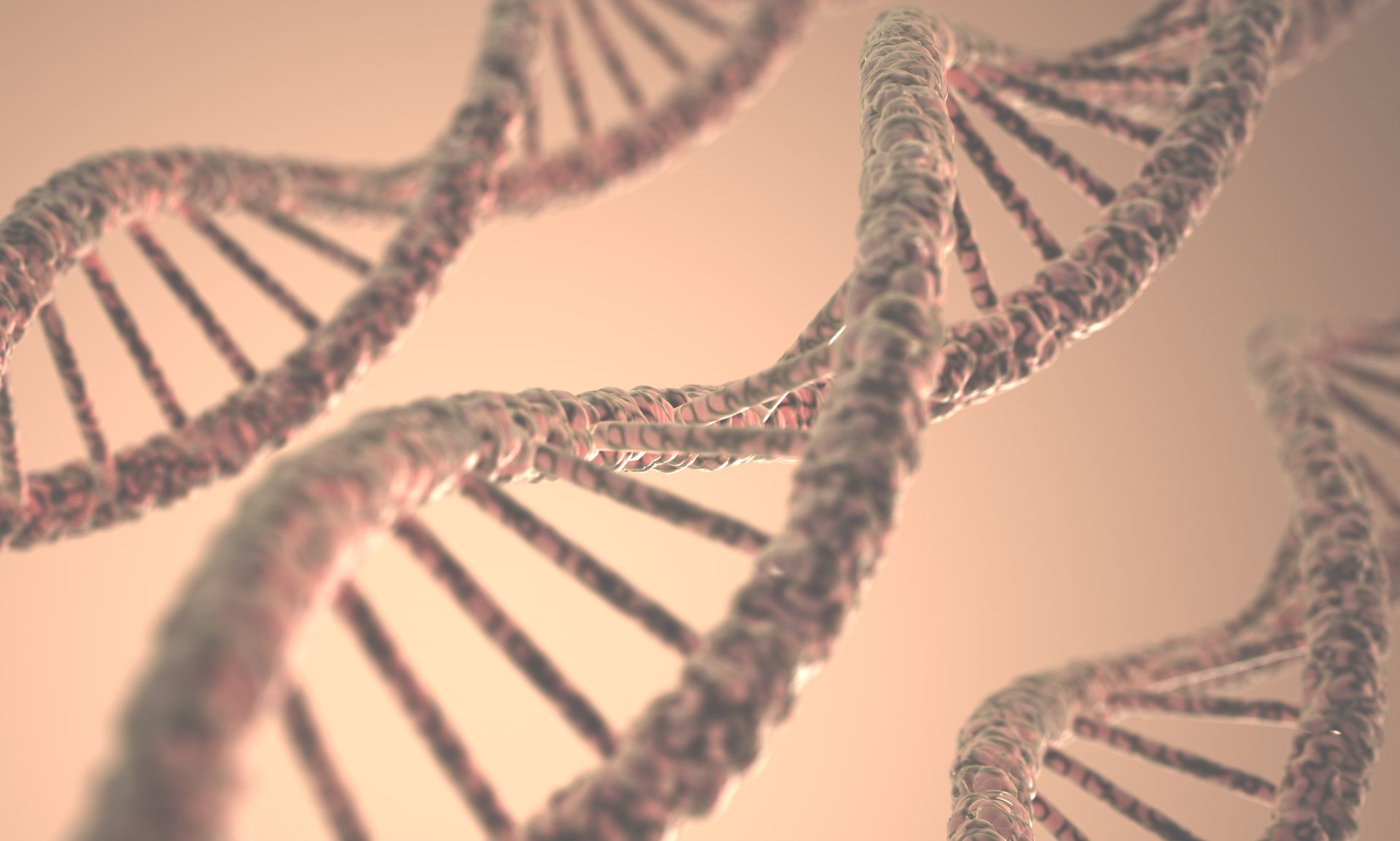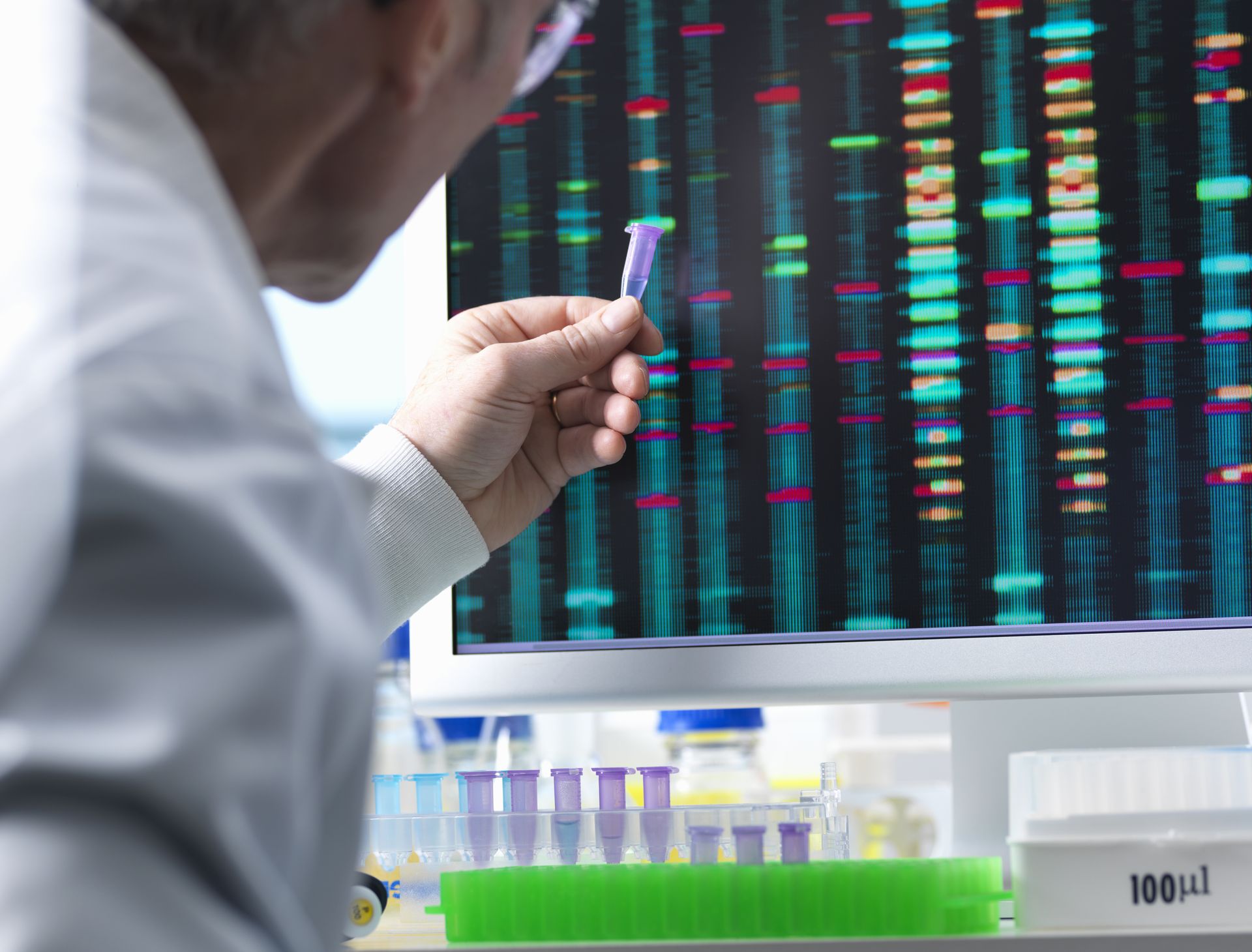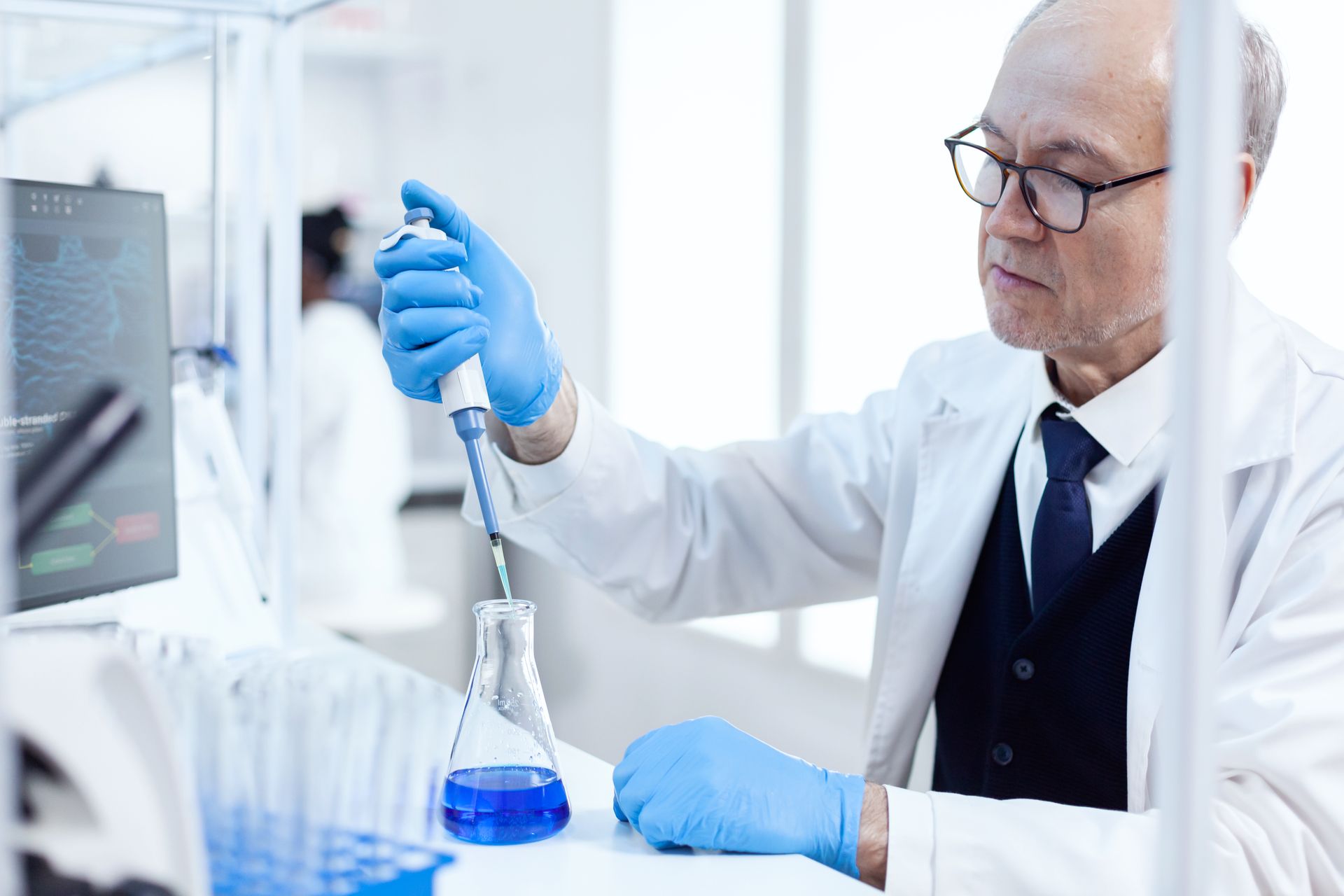Exploring Essential Protocols in DNA Research
Cleaning of Sequencing Reaction Products by Precipitation
The purification of sequencing reaction products through precipitation is an important step to remove unincorporated nucleotides and salts, ensuring high-quality results in downstream analysis. This process enhances the accuracy and reliability of sequencing by providing a cleaner template for interpretation.

Reverse Transfection
Reverse transfection is a versatile technique used to introduce nucleic acids into cells. Unlike conventional transfection, where cells are seeded prior to the addition of DNA, reverse transfection involves pre-coating the culture plate with transfection complexes. This method is efficient and scalable, making it suitable for high-throughput applications in gene expression and functional genomic studies.
DNA Nanoparticles Protocols
The use of DNA nanoparticles offers a groundbreaking approach for delivering genetic material into cells. These protocols focus on the creation and application of DNA nanoparticles, a promising tool for gene therapy and molecular medicine. By enabling precise delivery of DNA, these particles open new avenues for targeted genetic modifications and treatments.
Kinase End-Labeling of DNA
Kinase end-labeling is a molecular technique used to tag the 5’ ends of DNA molecules with phosphate groups, aiding in various applications such as DNA sequencing, fingerprinting, and mapping. This method is widely used in research focused on understanding DNA-protein interactions and regulatory mechanisms.

Probe Prep: 32P End-Labeled Probes
The preparation of 32P end-labeled probes is a critical step in detecting specific DNA or RNA sequences. These radioactive probes are used in hybridization assays to study gene expression, mutation detection, and genetic mapping, offering a sensitive method for identifying target sequences in complex samples.
Hop DNA Extraction Protocol
Hop DNA extraction is an optimized protocol for isolating DNA from hop plants, which are vital in the brewing industry. This method ensures high-quality DNA for downstream applications such as genotyping, genetic mapping, and molecular breeding.
DNA Quantification
DNA quantification is a fundamental procedure in molecular biology. Accurate measurement of DNA concentration is crucial for various applications, including PCR, sequencing, and cloning. This protocol ensures precise quantification using methods like spectrophotometry and fluorometry.
Collection of Materials for DNA Analysis
Gathering the right materials is essential for successful DNA analysis. This protocol outlines the best practices for collecting and storing samples, ensuring the preservation of DNA integrity for accurate analysis in research and forensic investigations.
Sample Protocol for Material to Be Used in DNA Barcoding
DNA barcoding is a technique used for species identification. This protocol focuses on the collection and preparation of biological samples for barcoding analysis, enabling researchers to study biodiversity and track species with precision.
DNA and Evidence Collection Principles
The proper collection of DNA evidence is critical in forensic science. This protocol outlines the principles for handling and storing DNA samples, ensuring their integrity for use in legal investigations and scientific research.

DNA Sample Collection Procedures
Effective sample collection is vital for obtaining reliable DNA results. This protocol provides detailed procedures for collecting DNA samples from various sources, ensuring minimal contamination and degradation during the process.
Telomere and Telomerase Protocols
Telomeres, the protective ends of chromosomes, play a key role in cellular aging and cancer. This protocol offers methods for studying telomeres and telomerase activity, providing insights into cellular longevity, genomic stability, and age-related diseases.
End Labeling Protocols for DNA & RNA
End labeling of nucleic acids is a crucial technique in molecular biology. This protocol provides comprehensive methods for labeling the 5’ or 3’ ends of DNA and RNA, enabling researchers to track and analyze these molecules in various biological processes.
DNA FISH Protocol
Fluorescence in situ hybridization (FISH) is a powerful technique for visualizing specific DNA sequences within cells. This protocol provides guidelines for performing DNA FISH, which is widely used in cytogenetics, cancer research, and prenatal diagnostics.
PCR Analysis of DNA from Laser Microdissected Samples
This protocol describes how to extract and analyze DNA from laser-microdissected tissue samples. PCR amplification of these small samples allows for precise genetic analysis, crucial in cancer research, pathology, and personalized medicine.
DNA Methods
This comprehensive set of protocols covers a wide range of DNA manipulation techniques, from extraction to analysis. These methods are fundamental for advancing research in genetics, biotechnology, and forensic science.
Collection of Materials for DNA Analysis
Collecting and preserving samples for DNA analysis is a key step in obtaining accurate results. This protocol provides best practices for ensuring DNA integrity during sample collection and preparation.
DNA Labeling Protocols
Labeling DNA is an essential technique for tracking and analyzing genetic material. This protocol offers various methods for attaching labels to DNA, facilitating studies in molecular biology, genomics, and diagnostics.
Methylene Blue DNA Staining Protocol
Methylene blue is a staining agent used to visualize DNA. This protocol outlines the steps for staining DNA with methylene blue, enabling researchers to assess DNA integrity and quantity in various experimental setups.
Plasmid Protocols
Plasmids are vital tools in molecular biology for gene cloning and expression. This set of protocols provides detailed instructions for working with plasmids, including isolation, modification, and transformation techniques, which are fundamental for genetic engineering and biotechnology research.
